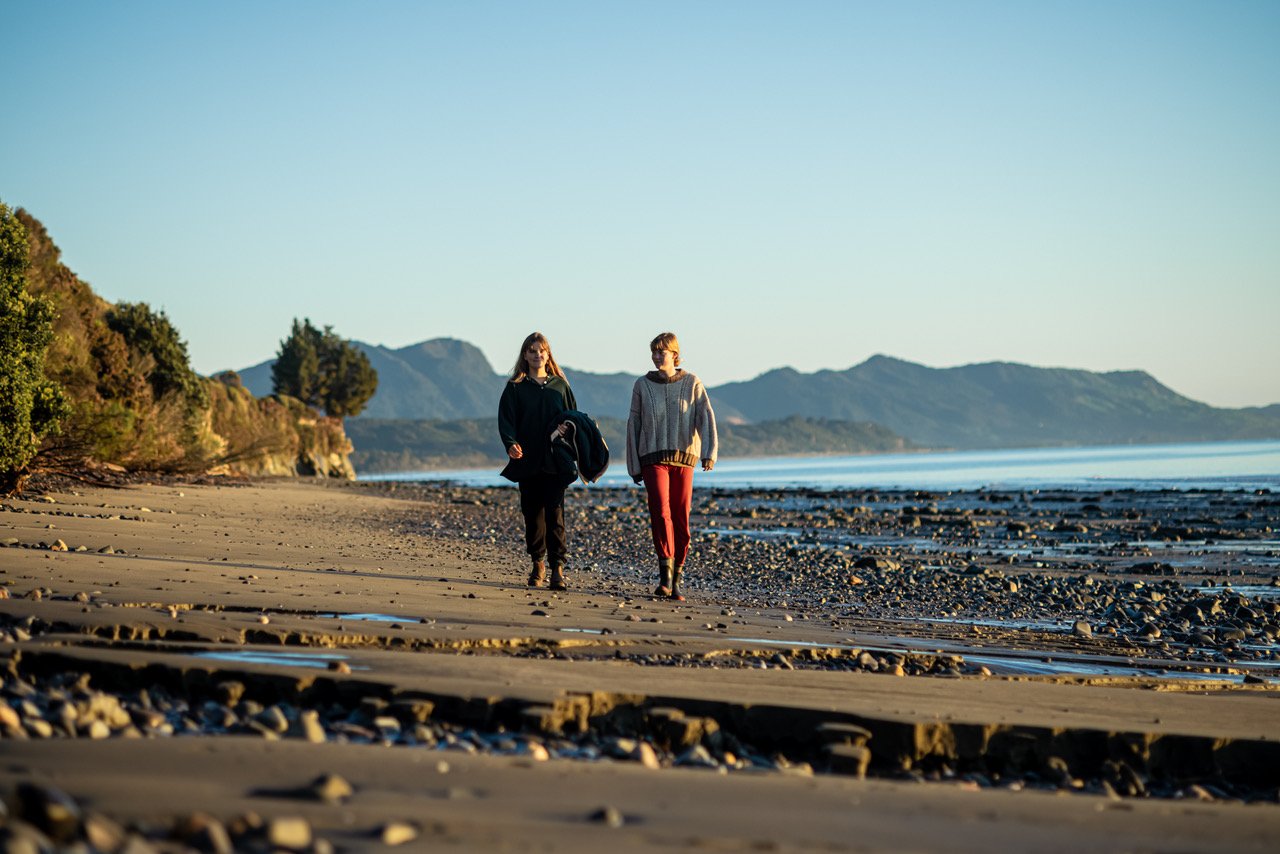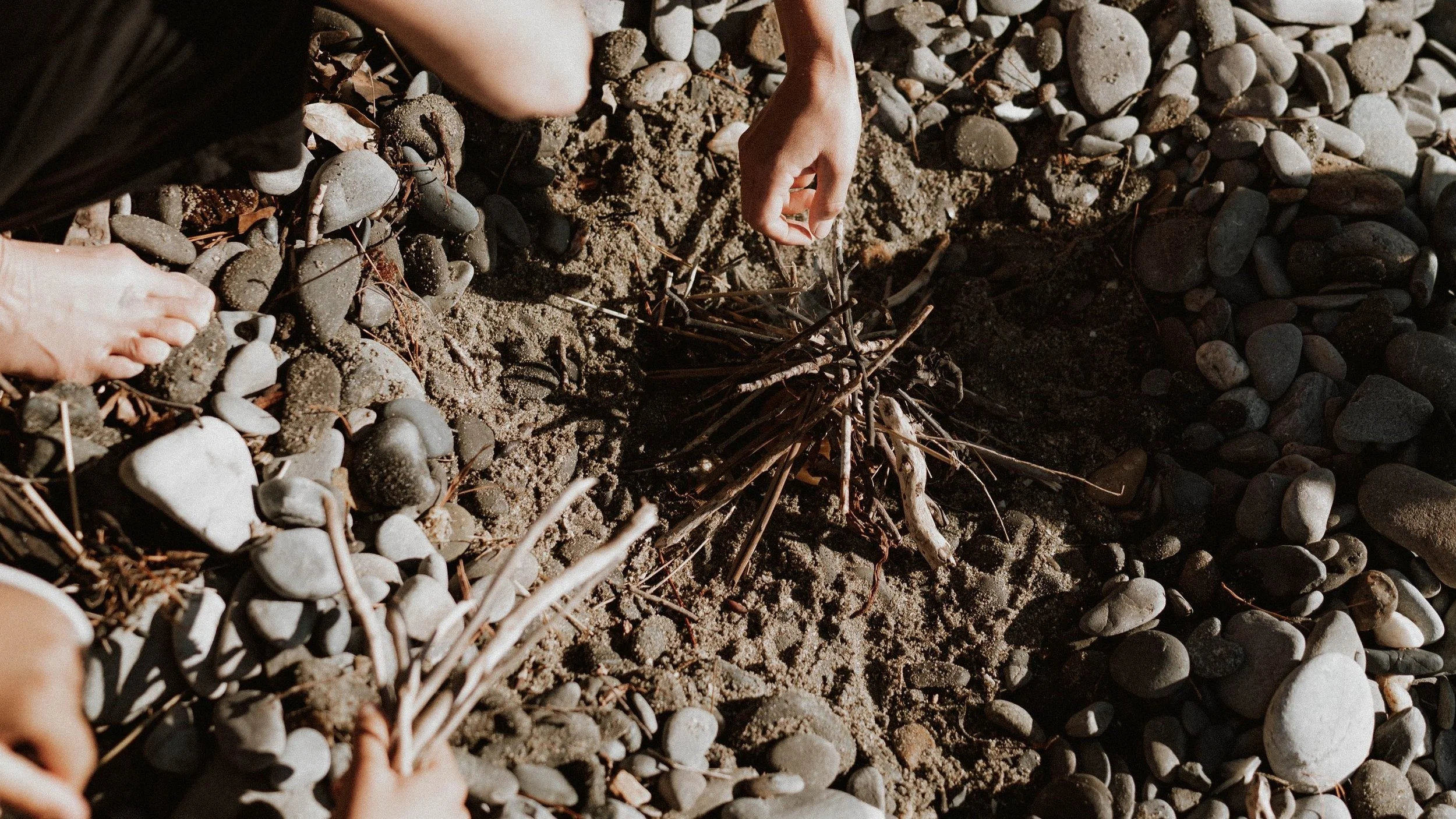
School of Yoga and Eco-Somatics
Kashmir Siva Tantra | Somatics | Wilderness Connection
We are, figuratively speaking, a compost movement
One drop in a ground swell readiness for radical (of roots) change
“The times are urgent: let us slow down”
- Bayo Akomolafe
We stand, stomp, sing, pray, woop and holla - for dirt time, kin time, slow sun-walk-across-the-sky time, dark night dream time, re-collecting story time
Our Vision
Humble human lives awake with recognition of the sentient divinity in all life; living in awe and reciprocity with our wider social and ecological Self.
Our Mission
To support a return to ecological belonging. To empower authenticity and ignite community care.
We provide
Safe, inclusive and transformational immersions in yoga āsana, meditation, free movement and eco-somatics.
Professional training for those on a path of full-bodied leadership, seeking to steward greater wellbeing for social and ecological self.
Our Style
Terra Soma Yoga
Our unique style is influenced by Tantric insight, the Hatha yoga tradition, Deep ecology, Embodied Flow™,
Embodied anatomy, physiology and developmental movement.
This integrative practice invites students into “Terra Soma” - The dreaming earth embodied.
For more detail on what to expect in this practice see below
Considering joining a Terra Soma yoga class?
There are many styles of practice out there, it’s not always obvious what we’re signing up for. Here’s a little description on what we offer.
Our signature style of practice is a synthesis of haṭha yoga, somatic inquiry and embodied nature awareness / connection.
In the physical practice you can expect:
Movement intentions. Through the practice we aim to steward practitioners from presence to awe by cultivating awareness and agency within the body in flow. (Flow as absorption in presence, not necessarily continuous movement.)
Somatic Inquiry. Our teachers offer guidance to explore, embody and express movement from various parts, systems and functions of human anatomy and physiology from the perspectives of yoga, western medical science and embodied anatomy, physiology and developmental movement.
Permission to colour outside the lines. Because we are all in different bodies having different experiences our teachers invite practitioners to colour outside the lines of what’s offered as and when they choose to. This can mean simplifying the practice, intensifying elements for more physical challenge, or any modification out of ones own agency and curiosity.
Repetition. Classes often entail a series of short sequences that repeat. This invites practitioners to deepen and develop their somatic inquiry through each repetition of the various shapes and transitions.
Moments without guidance. Once a short sequence has been taught two or more times through, a teacher may step back from guiding to allow practitioners spaciousness in which to explore what has been taught at their own pace. Teachers are there to support remembering and (re)entering the flow.
Music. Many of our teachers utilise music in their classes to support the meditative tone of the practice.
Touch. Touch is utilised occasionally to bring awareness to an area of inquiry. It is not an essential part of what we offer. If you prefer not to be touched we offer ways in which practitioners can let teachers know their preference on any given day.
Partner work. Occasionally a teacher may invite practitioners to work with each other to highlight an area of focus, eg: the back of the lungs highlighting the depth of breath capacity. Partner work is only ever a short introduction (approximately 10minutes of a regular class). Workshop spaces may give more time to contact as means for developing awareness. Options to work on ones own are always given.
Imagination. Yoga practice has long included visualisation as a means of connection to Self. We all experience imagination in different ways, for some it is visual, for others feeling based and others thought based. Teachers often offer metaphor or guided imagery with the awareness that we all process these invitations differently.
Verbalisation. Before yoga became a movement practice it was a seated verbal practice, primarily the repetition of the mantra Oṃ along with breath retention practices. Terra soma teachers are versed in mantra as one of their tools for practice. Depending on the teacher classes may include chants in śānskrit with translation.
Teachings and inspiration. Our teachers thread into their classes the spiritual insights of the yoga tradition as well as poetry and story from around the world.
Terra soma teachers work with principles of curiosity, humility and the desire to serve embodied liberation. We are open to hearing what does or doesn’t work for you. We seek to learn and grow together.


